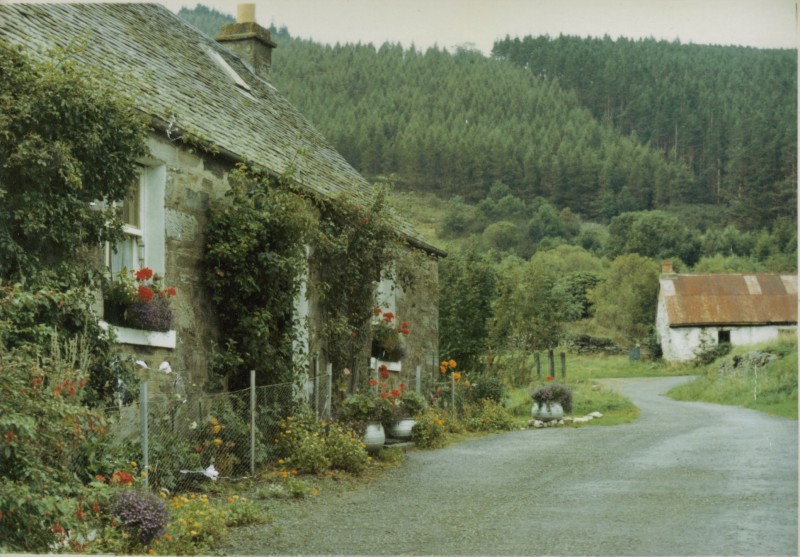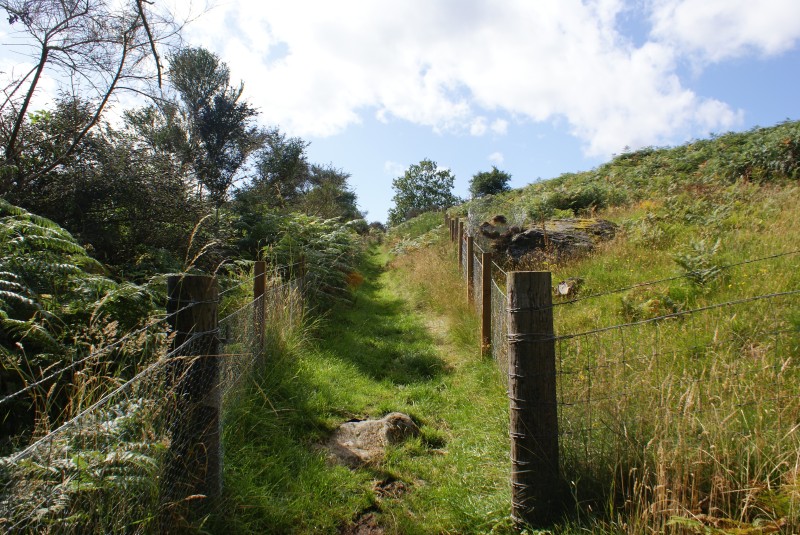
Cart Track to Dull
This track has been recently been upgraded and is being well used by both walkers, cyclists and horse riders


and down into Dull passing Rose Cottage one of the older village houses for many years the home of the Cameron Family. Here are some photos donated by Roy Cameron.
Pictures from 1950’s with Cameron family and 1980’s
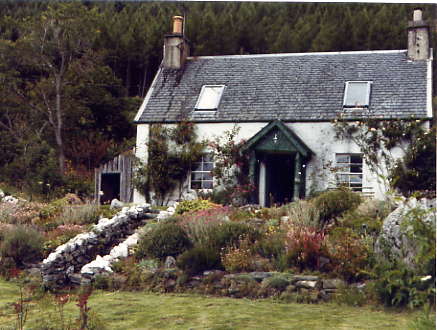
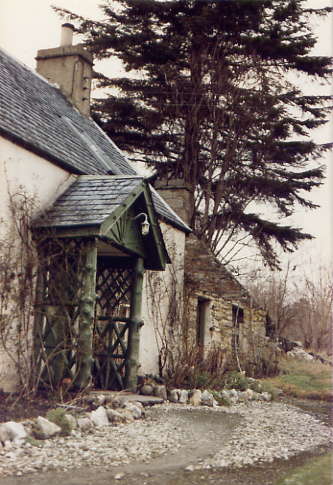
With views from the house in 1960′ and 1980’s


Path comes into Village between farmhouse and old steading, now a house.

Village of Dull
Dull and the surrounding area has been inhabited for at least 5000 years. Many remnants, stone circles, standing stones and hill forts, testify to inhabitants from around 3000 BC. The pre-Christian era came to an end with the arrival of the Romans, who only held the southern parts in temporary occupation. Dull is particularly connected with St Adamnan, also called Eonan. Irish born, he joined the Iona religious community and is famed for his biography of St Columba. He set up his religious cell in Glen Lyon using Dull as a place of solitude and retreat. The pictures here show the village in the late 1800s and around 1990.
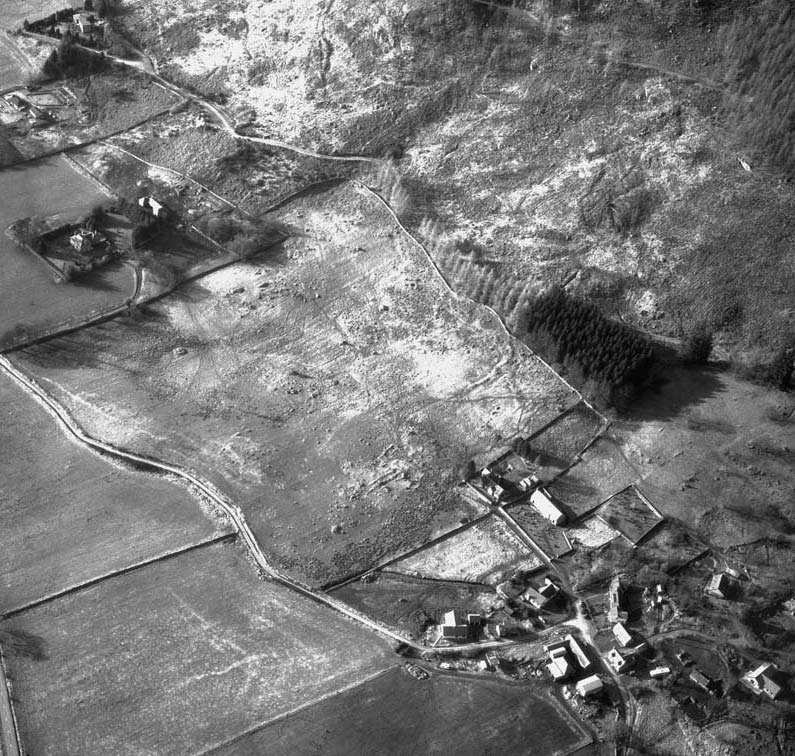
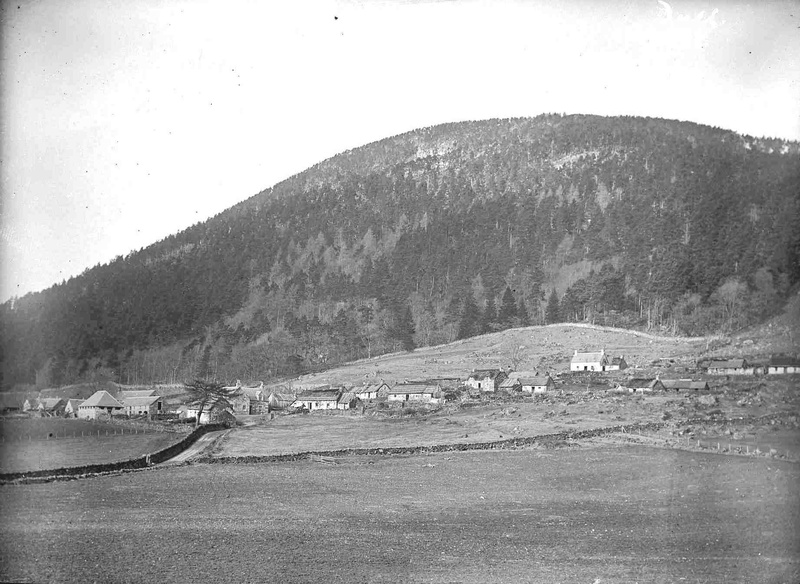
Dull prior to 1st World War and after.

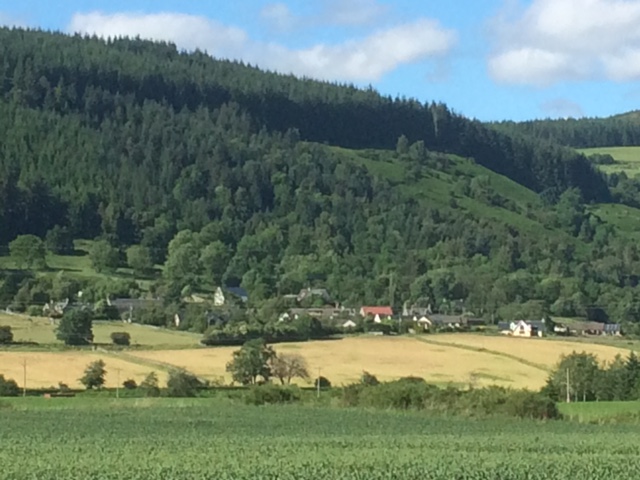
Dull 2017
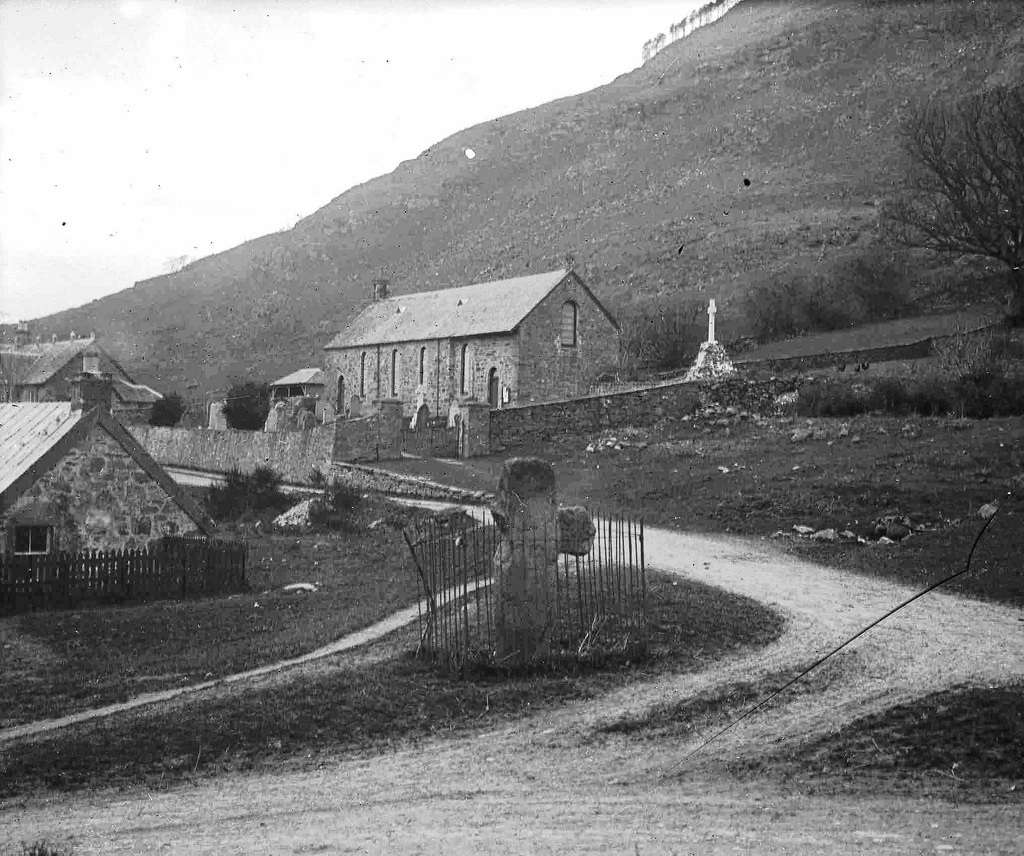
Sanctuary Cross
This is the only one of four sanctuary crosses that defined the sanctuary of the old monastery of Dull still in the village. Two of the other crosses are in the Old Kirk of Weem and the fourth is still missing. The site of the cross was in the middle of the road where one arm was broken in the 1800s when a hose and cart bolted. The piece was reported to have been used either in the retaining wall across the road or the old steading since knocked down. The pictures show the cross around the 1940s and now.
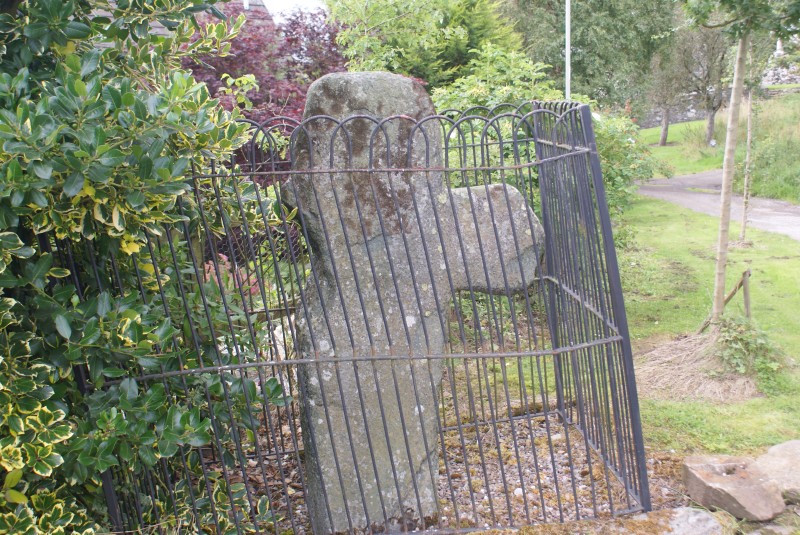
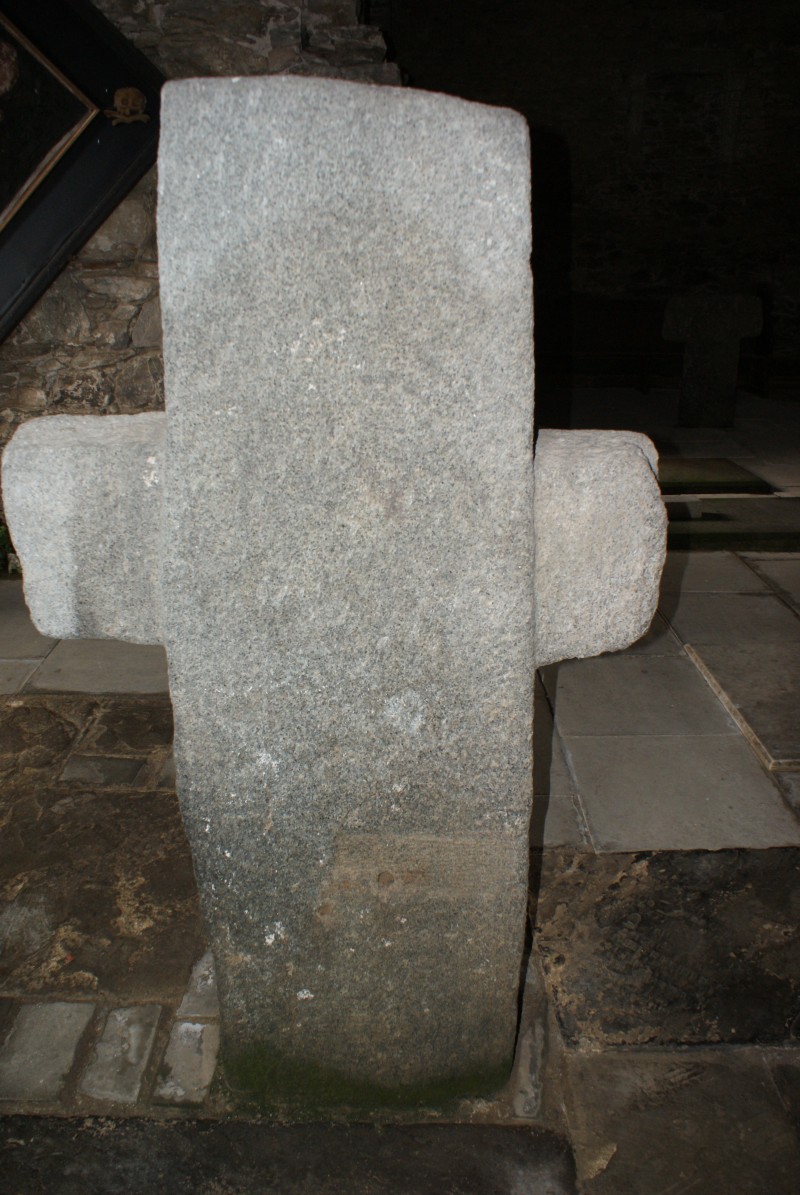
Another two of the sanctuary crosses can be found in the Old Kirk of Weem
Dull War Memorial
The memorial, erected to the men of Appin of Dull, Aberfeldy, who fell in the Great War, was unveiled and dedicated in January 1921. It takes the form of a rustic cairn 7 ft. in height and 8 ft. in the base, with inserted granite inscription panel and surmounted by an Iona Cross in grey granite 6 ft. in height, giving a monument of 13 ft. in all. It is placed in a commanding site immediately above the lower graveyard, and looks out upon a wide stretch of the valley of the upper Tay, extending from Drummond Hill and the braes of Taymouth on the west to the hills of Grandtully and Strathtay on the east. On it are engraved the names of 11 men from the district, who made the supreme sacrifice for King and country, three of whom came from Canada and one from South Africa.
A simple but impressive service was held in Dull Parish Church, and, at its close, the congregation, led by children, followed by the ex-servicemen present, marched to the funeral music of the pipers to the site of the memorial.
The parish minister, in name of the community, invited Mr Francis Willey of Castle Menzies to unveil the monument, as their representative and head. Mr Willey dwelt upon the great part played by Scotland and Scotsmen in the Great War and referred in touching terms to the noble response given by the men of the district to their country’s call. He further gave expression to his great gratification at being present with his own people and taking part with them in such a sacred and inspiring ceremony. The prayer and Dedication were then offered and at its close “Lochaber No More” was played by the pipers.
The ceremony closed with the singing of the Second Paraphrase, the National Anthem, and then the Blessing.

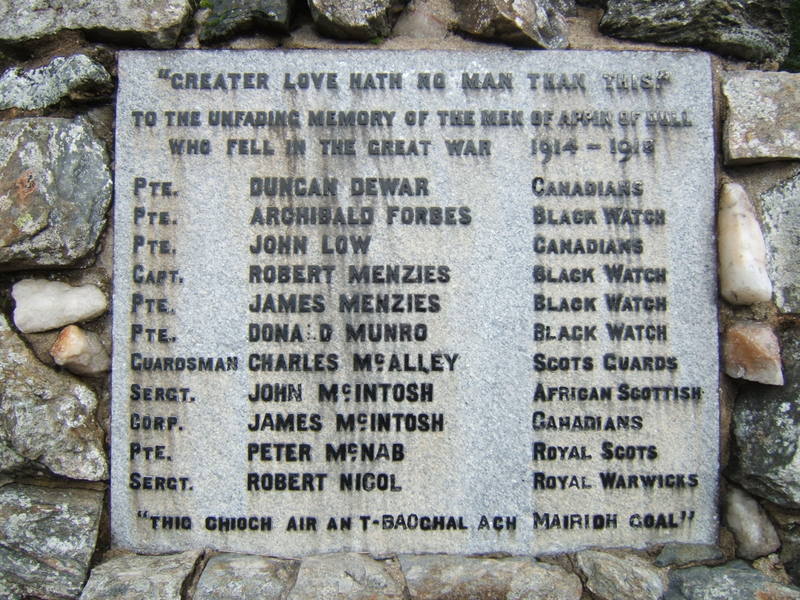
The inscription on the panel is as follows:- “Greater love hath no man than this”. To the unfading memory of the men of Appin of Dull who fell in the Great War, 1914-1918. Pte. Duncan Dewar, Canadians; Pte. Archibald Forbes, Black Watch; Pte. John Dow, Canadians; Capt. Robert Menzies, Black Watch; Pte. James Menzies, Black Watch; Pte. Donald Munro, Black Watch; Guardsman Charles M’Ally, Scots Guards; Sergt. John M’Intosh, African Scottish; Cpl. James M’Intosh, Canadians; Pte. Peter M’Nab, Royal Scots; Sergt. Robert Nicol, Royal Warwicks; “Thig Crioch air an T-Baoghal ach Mairidh Goal”.
After the Second World War an additional plaque was added to remember those who lost their lives in that war. In the past it was a tradition that the men of Camserney and Dull would clean the memorial on the Saturday before Remembrance Sunday.
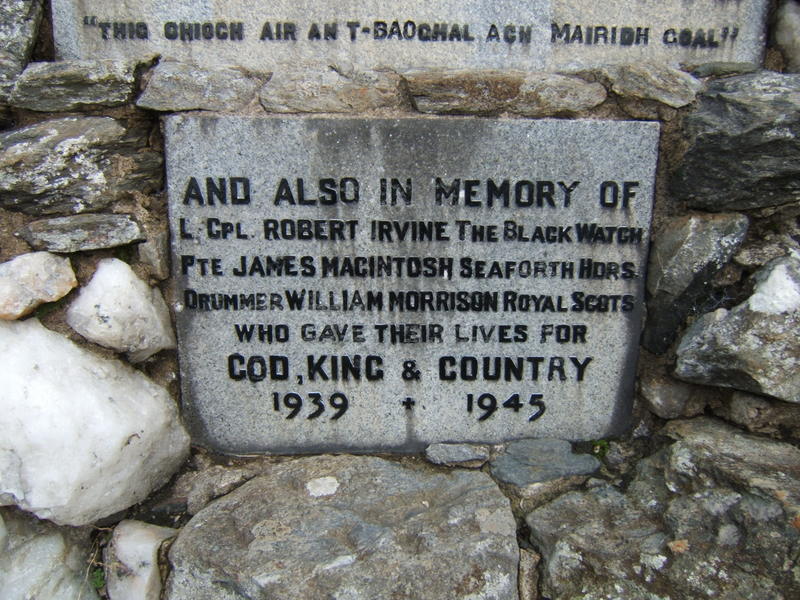

Each year a small remembrance service is still held at 1130 on Remembrance Sunday
Dull Parish Church
Dull parish church, a pre-Reformation edifice, consisting of nave and chancel, and, which was renovated and extended in 1840’s, containing 330 sittings. It was dedicated to St Adamnan, under his Celtic name of Eonan. The Church was deconsecrated in the 1980’s and was for a short time owned by the Knight Templar. It is now privately owned and completely seperate from the graveyard. During Perthshire Archaeology Week 2003 the Dull Parish Church excavation was carried out by members of the Breadalbane History Society alongside archaeologists from the Glasgow University Archaeological Research Division (GUARD). Dull is renowned as an Early Christian site dating back to at least the 8th century AD, both from archaeological and documentary evidence.
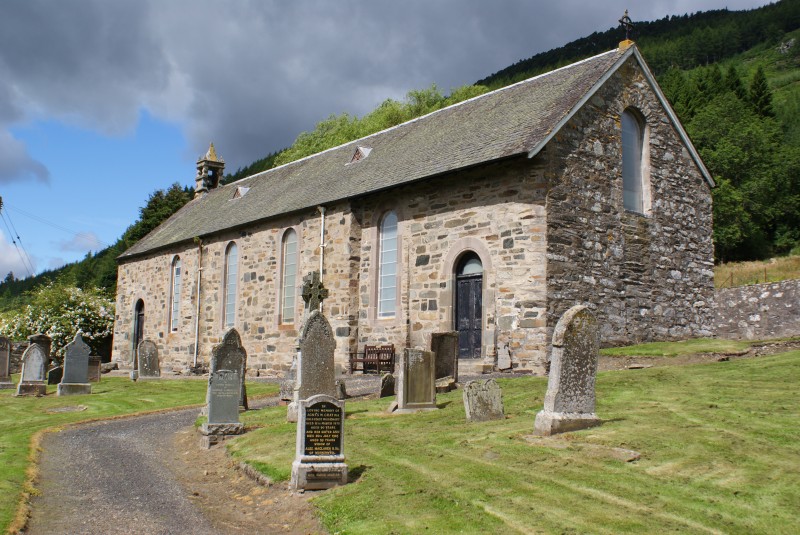

The excavation beneath the floor of the present-day 17th or 18th church aimed to identify further evidence for Dull’s Early Christian period. The excavation uncovered a clay-bonded wall and other stone foundations that may be the remains of the Early Christian church as an incised cross with an 8th century inscription and a much simpler cross incised slab were recovered. Also many skeletons were found, possibly reinterred when the church was extended during the 1840’s. However at the west end of the dig skeletons were found that appeared to be buried.
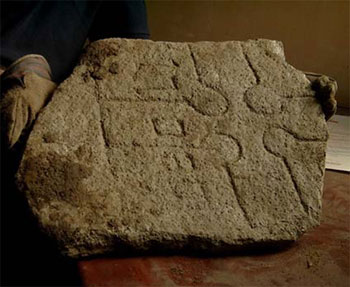
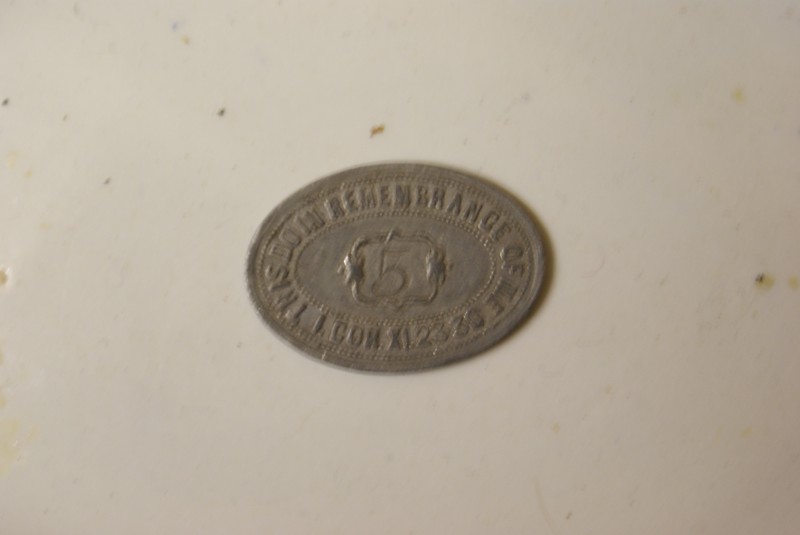
Dull Communion Tokens
Dull Church had a large collection of Communion tokens. These small pieces of lead usually have the name of the parish and older ones often have initials of the parish minister.
The origin is that the historic Christian faith is meaningful rather than mere ritual. This is emphasised in the passage frequently read at communion services (I Cor.11.27ff) which speaks about people examining themselves before taking communion, lest they take it unworthily, i.e. without realising what they are doing. (It is not that we have to make ourselves worthy – only God can do that through Jesus!).
At one of the services before communion, a token was given to those who had attended to examine themselves, and they presented it at the door as they went into the communion service, indicating that they had come meaningfully depending on what God had done, rather than just turning up.
Later cards replaced tokens, often with the words “communion token” printed on them, and as services were reduced in frequency, the “cards” were often delivered by the elder who had responsibility for the pastoral care of the district where the members lived.
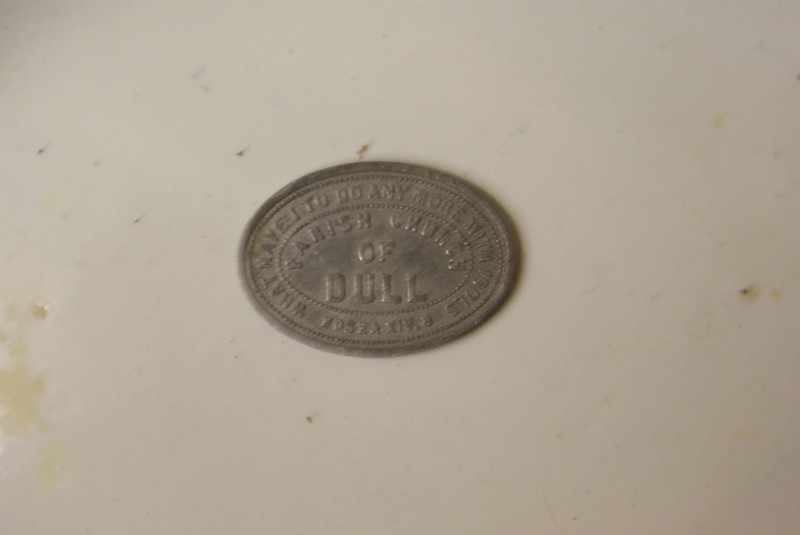

Communion was celebrated using the silver shown here.
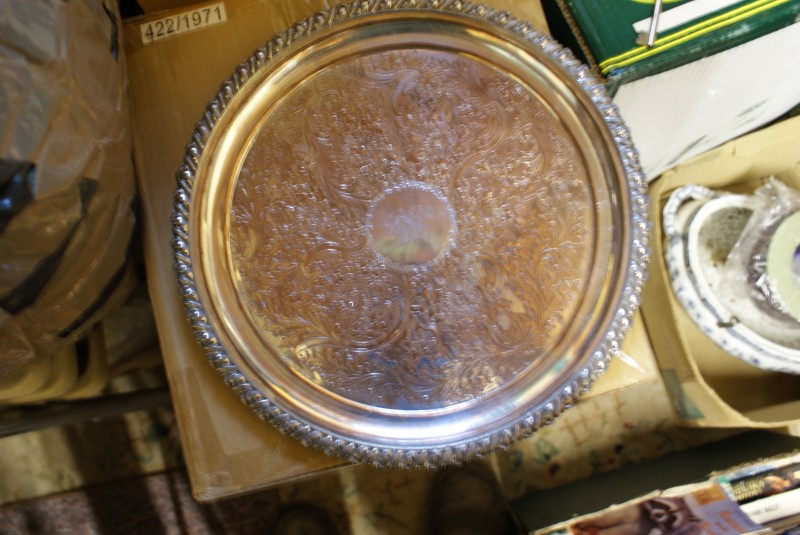

Old Dull School
This stands to the west of the graveyard and the schoolhouse and school have been turned into a house with the outbuilding converted to a bothy.
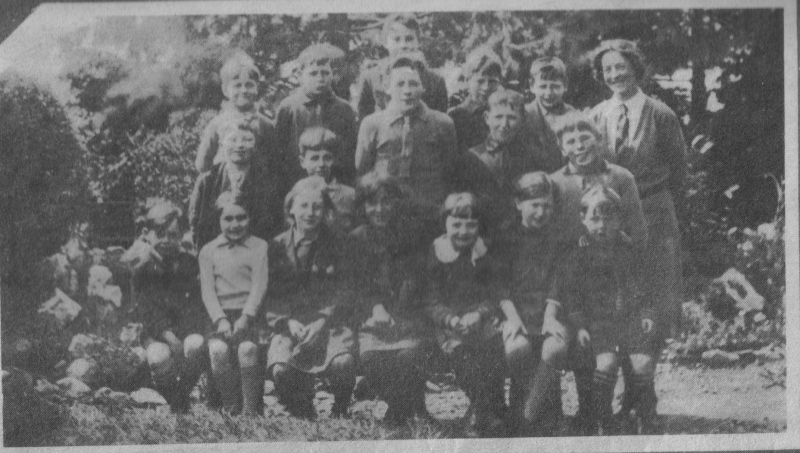
Here are some pictures of the pupil that studied at the school in the 1920/1930’s .
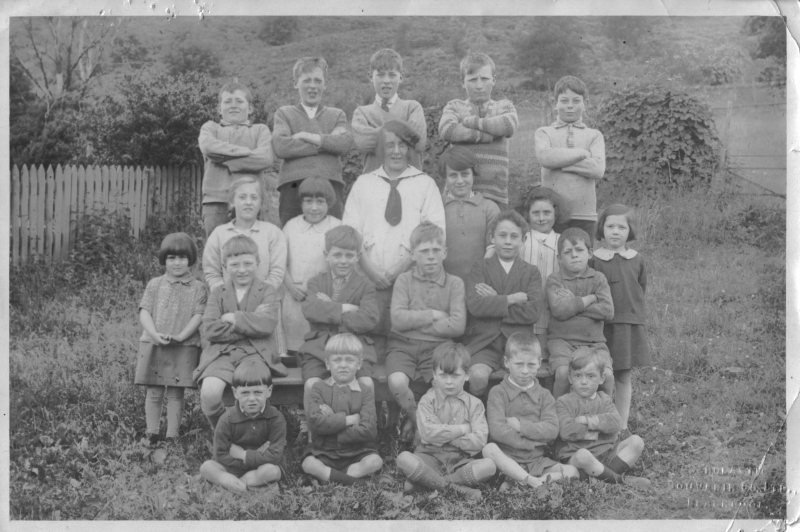
Note church behind

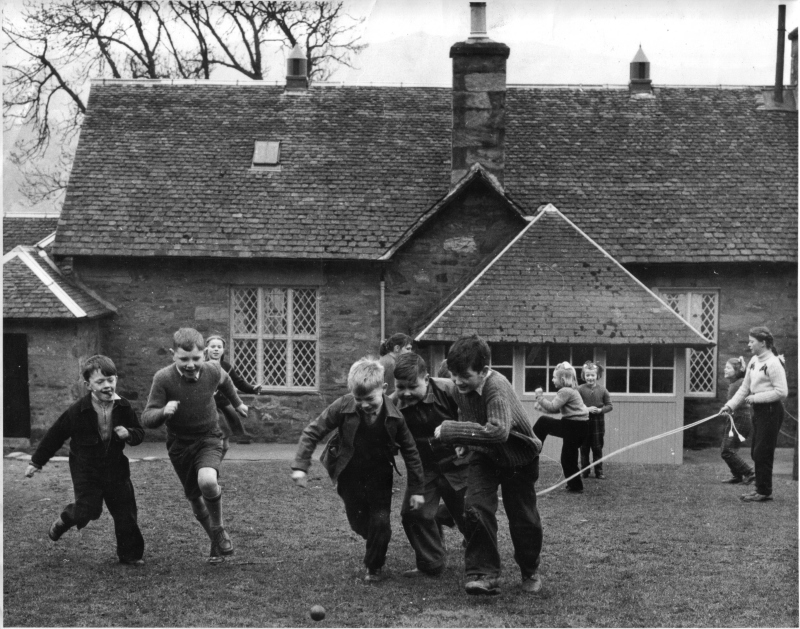
and a playground scene in the late 1950′, do you recognise anyone??

Dull Quiots
It was a tradition on the old Menzies’ estate for the workers to participate in games, curling and in the case of Dull, quoits. An area to the west of the schoolhouse was laid out for that. It was flat and sandy and the day before a match a sluice was opened to allow water to dampen the sand. As you can see from the recent picture this ground is now boggy. The other pictures show the quoits themselves and the men who played the game.

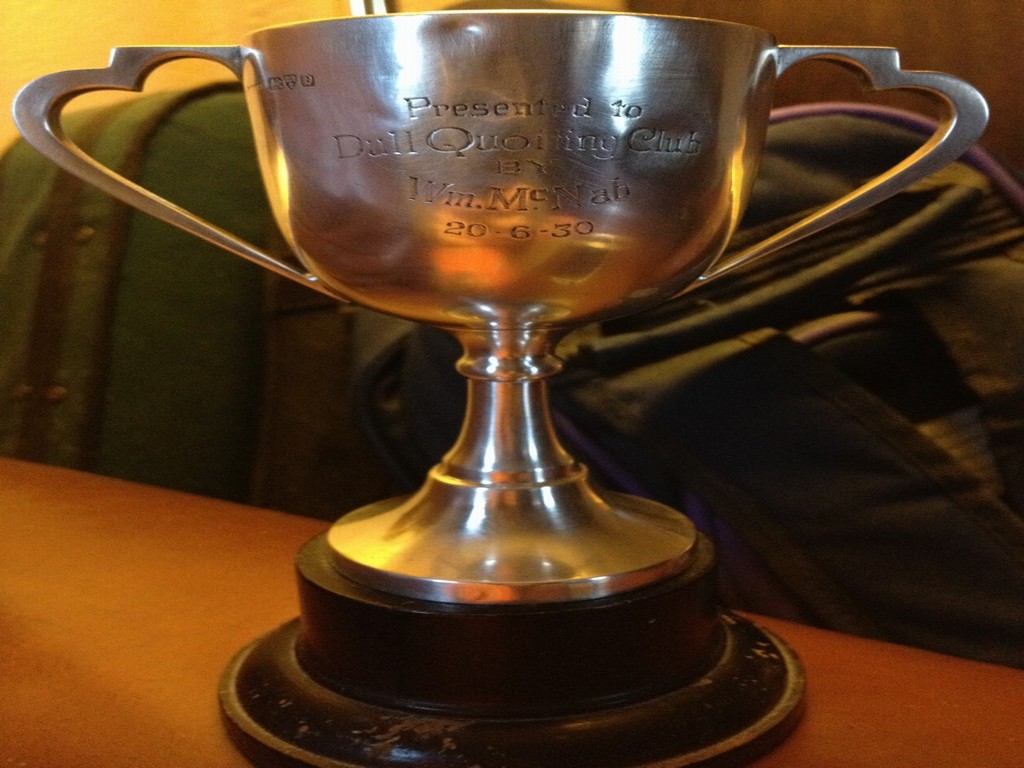
The Cup they played for presented by William McNab.

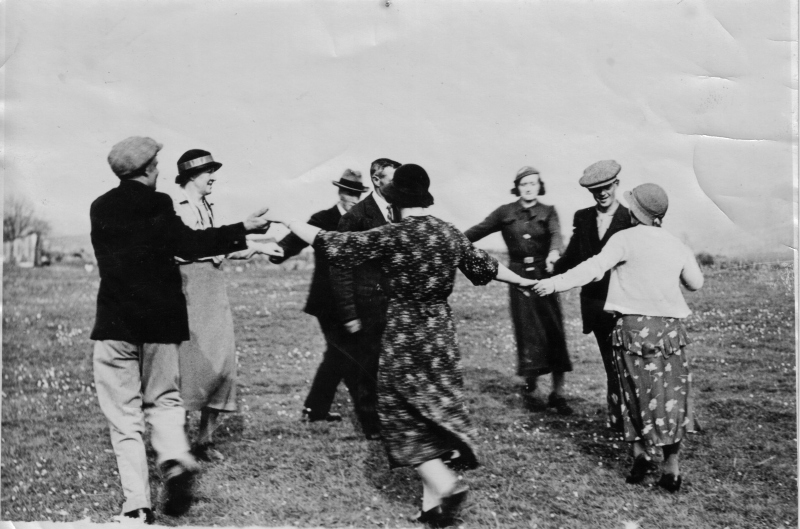
Also Scottish Country dancing took place during Jubilee Celebration as can be seen from this picture
Dull Shooting Range
After the Boar War which exposed the poor shooting skills of the British Army, Sir Robert Menzies, Clan Chief and a previous Colonel of the 5th Battalion Black Watch established a rifle range in Dull. The rifle butts were at the Drumdewan corner with the targets to the west. One of them, resembling the gable end of a house, can be still seen in the field to the west of the school.

Appin of Dull
This is one of the oldest houses in Dull. In the past, this was the church beadle’s house. The shed foundations in the garden are believed to have been the original Dull manse. The pictures show the house, still thatched, in the early 1900s, with members of the beadle’s family, the Stewarts. In the late 1950s prior to the roof conversion, and now.
